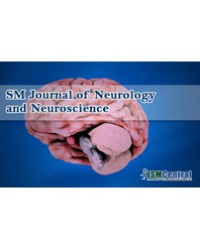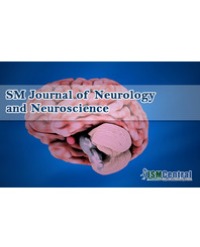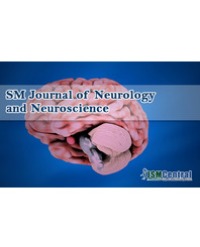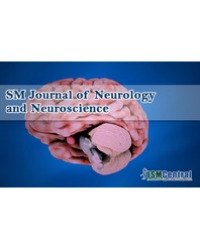
Global Evidence for the Key Role of the Dopamine D2 Receptor Gene (DRD2) and DRD2 Receptors in Alcoholism
It has been over 27 years since Blum & Noble discovered the first association of the DRD2 A1 allele in severe alcoholism, suggesting reward as the real phenotype, not alcoholism. This has been acknowledged by an explosion of research in the arena of Psychiatric Genetics. To date, a PubMed search listed 6,839 studies (5-15- 17). The A1 allele has been associated with substance use disorders other than alcoholism, including cocaine, nicotine dependence, polysubstance abuse and many Reward Deficiency Syndrome (RDS) behaviors substance and non-substance related. Certainly following extensive controversy, the emerging evidence suggests that the DRD2 is a reinforcement or reward gene. In fact, it could represent one of the most prominent single-gene determinants of susceptibility to severe substance abuse/reward deficiency. While, however, the environment through epigenetic impact and other genes, when combined, still play the larger role, targeting the DRD2 gene through the novel genetic rewriting of the DNA code at the mRNA level may hold the greatest promise to date for potentially “curing” the RDS phenotype.
Kenneth Blum¹⁻⁹˒¹²*, Mark S Gold²˒¹⁵, Lloyd G Mitchell¹⁰˒¹¹, Kareem W Washington¹⁰, David Baron², Panayotis K Thanos¹³, Bruce Steinberg¹⁴, Edward J Modestino¹⁴, Lyle Fried⁷, and Rajendra D Badgaiyan¹²



